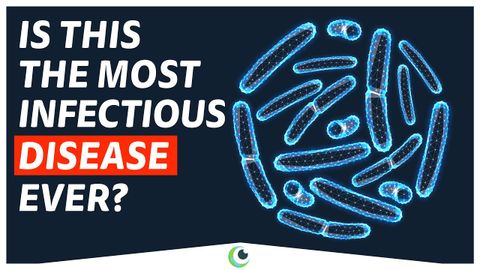結核病比冠狀病毒更嚴重? (Tuberculosis is worse than coronavirus?)
Summer 發佈於 2021 年 01 月 14 日  沒有此條件下的單字
沒有此條件下的單字US /ɪˈmjoon/
・
UK /ɪˈmju:n/
US /ɪn'gedʒ/
・
UK /ɪn'ɡeɪdʒ/
- v.t.交戰;交手;雇用;吸引;參與;從事;嚙合;承諾
US /ˈkɑmprəˌmaɪz/
・
UK /'kɒmprəmaɪz/
- v.t./i.讓步;折中;妥協;連累;危及;洩露
- n. (c./u.)妥協
US /ˌdaɪəˈbitɪs, -tiz/
・
UK /ˌdaɪəˈbi:ti:z/
- n. (c./u.)糖尿病;第一型糖尿病;第二型糖尿病;妊娠糖尿病

